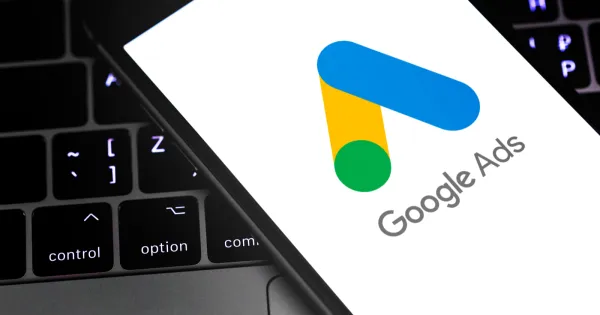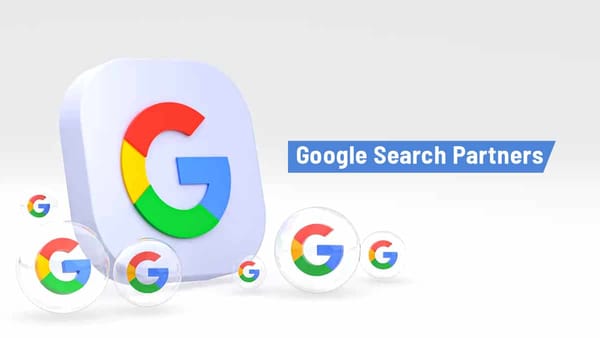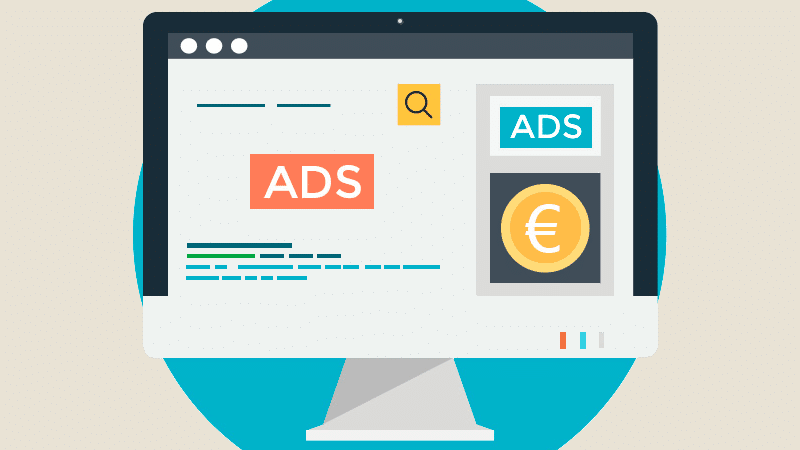How Google Ads Work for Business: A Complete Guide to Growth & Success

Introduction
In today’s competitive digital landscape, businesses need effective online advertising strategies to attract customers and drive sales. One of the most powerful tools available is Google Ads, a pay-per-click (PPC) advertising platform that allows businesses to showcase their products and services on Google Search, YouTube, and millions of partner websites.
But how does Google Ads actually work for businesses? This guide will break down how businesses can leverage Google Ads, the different ad types available, and the best strategies to maximize return on investment (ROI).
What Is Google Ads?
Google Ads (formerly Google AdWords) is an advertising platform that allows businesses to bid on keywords so their ads appear at the top of Google Search results, Google Display Network, and YouTube.
Google Ads operates on a pay-per-click (PPC) model, meaning you only pay when someone clicks on your ad. This makes it an excellent option for businesses looking to reach targeted customers without wasting money on irrelevant impressions.
How Google Ads Work for Businesses
1. Creating a Google Ads Campaign
To start using Google Ads, businesses must set up a campaign that defines their advertising goals, target audience, and budget.
2. Choosing the Right Google Ads Campaign Type
Google Ads offers multiple campaign types, each designed to help businesses meet specific objectives:
- Search Ads – Appear at the top of Google search results when users search for related terms.
- Display Ads – Image and banner ads that appear on websites within Google’s Display Network.
- Shopping Ads – Show product images and prices in search results, ideal for e-commerce businesses.
- YouTube Video Ads – Engage users with video ads on YouTube before or during videos.
- App Ads – Promote mobile apps on Google Play, YouTube, and within other apps.
Businesses should choose the campaign type that aligns with their goals. For example:
- A local bakery looking to attract walk-in customers should use Search Ads.
- A clothing brand wanting to boost online sales should use Shopping Ads.
- A fitness coach selling an online course can benefit from YouTube Ads.
3. Selecting the Right Keywords
The foundation of a successful Google Ads campaign is keyword selection. Businesses must identify keywords that their potential customers are searching for.
For example:
- A plumbing company may target keywords like "emergency plumber near me".
- A digital marketing agency may use keywords like "SEO services for small business".
Google’s Keyword Planner helps businesses find high-traffic, relevant keywords with lower competition.
4. Bidding & Ad Auctions
Google Ads operates on a real-time bidding system, where businesses compete for ad placements. The highest bid does not always win—Google considers Ad Rank, which is based on:
- Bid Amount – How much you're willing to pay per click.
- Quality Score – How relevant your ad and landing page are.
- Expected Click-Through Rate (CTR) – The likelihood users will click your ad.
A higher Quality Score can lower your ad costs and improve visibility.
5. Pay-Per-Click (PPC) Model
Businesses are only charged when someone clicks on their ad, making it a cost-effective advertising model. Cost per click (CPC) varies based on industry and competition.
For example:
- A restaurant may pay $0.50 per click.
- A law firm could pay $20 per click due to high competition.
6. Landing Pages & Conversions
Once users click on an ad, they are directed to a landing page, where they can make a purchase, sign up, or contact the business.
A high-converting landing page should have: ✔ Clear call-to-action (CTA) (e.g., “Book Now” or “Get a Free Quote”)
✔ Fast loading speed to prevent drop-offs
✔ Mobile-friendly design for better user experience
7. Tracking & Optimizing Performance
Google Ads provides analytics tools to track campaign performance. Businesses can monitor:
- Clicks & Impressions – How many people see and click the ad.
- Click-Through Rate (CTR) – Percentage of users who click after seeing the ad.
- Conversions – How many users completed a desired action (purchase, sign-up, call).
By analyzing these metrics, businesses can adjust bids, improve ad copy, and optimize targeting to maximize ROI.
Benefits of Google Ads for Businesses
Google Ads offers several advantages that make it a powerful marketing tool for businesses:
✅ Instant Visibility – Ads appear at the top of Google search results, bypassing SEO competition.
✅ Highly Targeted Ads – Reach potential customers based on location, interests, and search behavior.
✅ Flexible Budgeting – Set a daily budget and adjust spending based on performance.
✅ Measurable ROI – Track every dollar spent and optimize for higher returns.
✅ Scalability – Increase ad spend as business grows.
Common Mistakes Businesses Make with Google Ads
🚫 Not Using Negative Keywords – Leads to irrelevant traffic and wasted budget.
🚫 Ignoring Landing Page Optimization – Poor landing pages can reduce conversions.
🚫 Broad Targeting – Ads may show to the wrong audience, reducing effectiveness.
🚫 Not Tracking Conversions – Without tracking, businesses won’t know their ROI.
🚫 Ignoring Ad Extensions – Extensions (phone numbers, sitelinks) increase ad visibility.
How to Maximize ROI with Google Ads
✔ Use High-Intent Keywords – Focus on searches that indicate purchase intent.
✔ Write Engaging Ad Copy – Highlight unique selling points and include strong CTAs.
✔ Optimize for Mobile – Ensure ads and landing pages load fast on mobile devices.
✔ Leverage Retargeting – Show ads to users who previously visited your site.
✔ A/B Test Ads – Experiment with different headlines, images, and CTAs to improve results.
Conclusion
Google Ads is one of the most effective digital marketing tools for businesses of all sizes. With the ability to target the right audience, control budget, and track performance, it provides an efficient and scalable way to grow a business online.
By understanding how Google Ads work, choosing the right campaign types, and optimizing campaigns continuously, businesses can maximize their ROI and drive long-term success.
Whether you're a small business, e-commerce store, or service provider, Google Ads can help you attract more customers and increase revenue.




